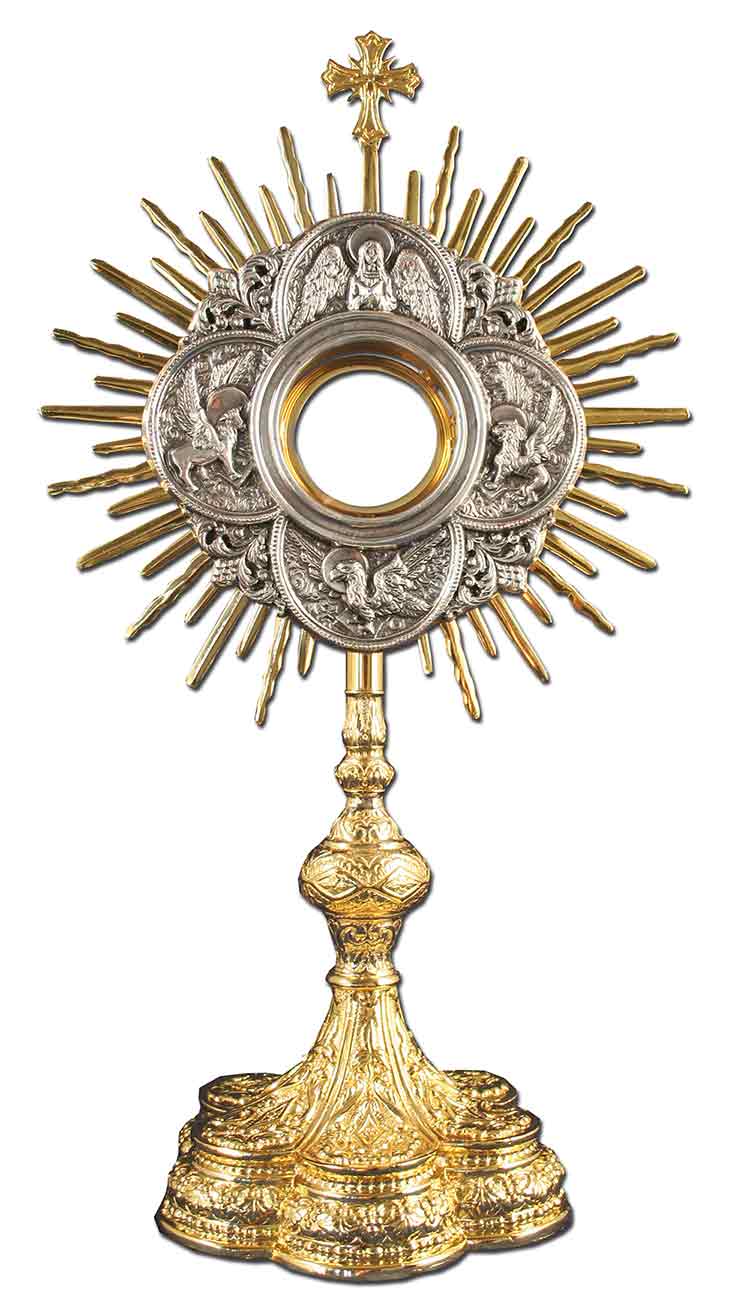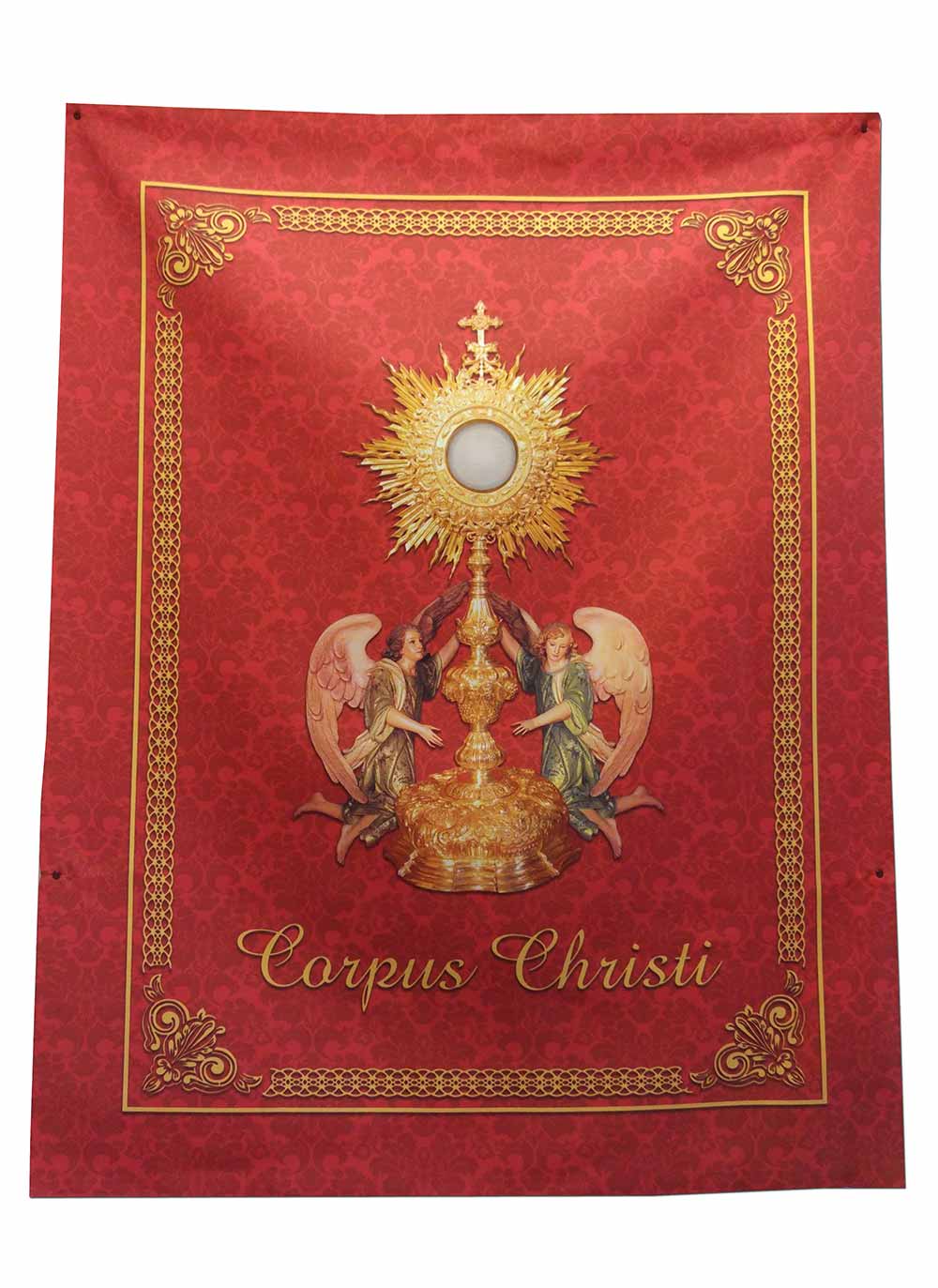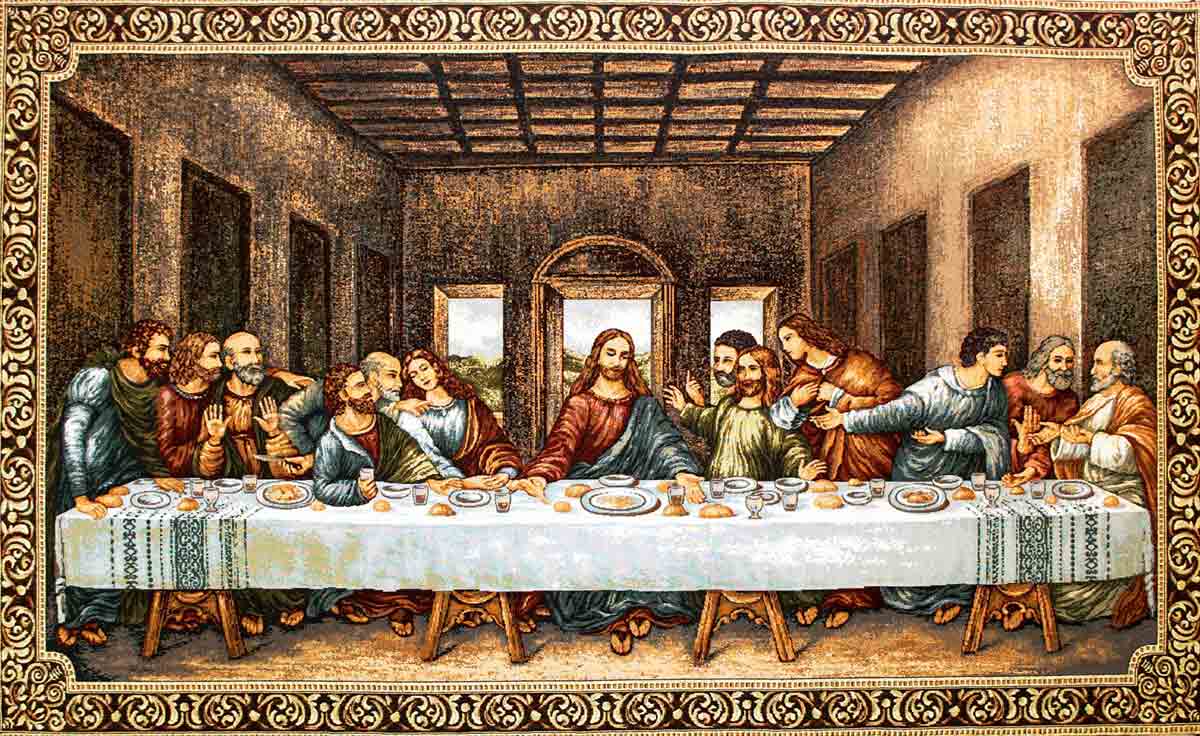
Corpus Christi 2026
Corpus Christi 2026
We are approaching one of the most important Catholic celebrations of the Liturgical Year, the celebration of Corpus Christi .
At Brabander we are already preparing our store with Catholic items for Corpus 2026 .
One more year, Catholic hangings will adorn the streets for the processions. One more year, the monstrances of the churches will shine inside the Body of Christ. One more year, our Catholic celebrations will commemorate the presence of the Body and Blood of Jesus Christ after the transubstantiation of bread and wine.
For these reasons, in Catholic Articles Brabander we have decided to make an entry dedicated to Corpus Christi. Perhaps all the information that we present below is already known to you. If you wish, you can visit our online store of religious articles for Corpus.
As always, we invite you to contact Catholic Articles Brabander if you find any errors.
Corpus Christi, meaning and celebration of the party.
Corpus Christi literally means "Body of Christ" in Latin. On this feast, all Christians celebrate the transubstantiation of bread and wine into the Body and Blood of Our Lord Jesus Christ. Corpus Christi is the feast of the Blood and Body of Jesus.
The feast of Corpus Christi commemorates the establishment of the Holy Eucharist by Jesus during the celebration of the Last Supper with all his disciples. The Blessed Sacrament is worthy of public worship because Jesus is present.
Through the feast of Corpus Christi we commemorate the passion, death and resurrection of our Savior Jesus Christ. We remember and renew our faith that, after his Ascension into heaven, Jesus is still among us present in the Blessed Sacrament.
The celebration of Corpus Christi is the Thursday after the Solemnity of the Holy Trinity (the Sunday after Pentecost). In other words, we celebrate Corpus Christi 60 days after Holy Thursday. In some places, for various reasons, the celebration has been moved to the Sunday after, that is, 60 days after Easter Sunday.
During the feast of Corpus Christi the Blessed Sacrament is the most important part. It is displayed for public worship in a processional monstrance . The Blessed Sacrament is exposed in Churches and Parishes as well as going out in procession through the streets of the cities. In many places the streets and buildings are decorated with flags, flowers, tapestries, etc… to commemorate a day as important as Corpus Christi.
In Spain, the celebrations of Corpus Christi in Toledo and Corpus Christi in Valencia are of special importance. Both celebrations have centuries of history. Currently they continue to have a great following by the population that actively participates in the processions and activities related to the Blessed Sacrament. The processional processions are made up of numerous faithful, members of the clergy, authorities, brotherhoods, etc… who carry parish crosses , processional banners , reliquaries and a long etcetera.
Corpus Christi, origin of the solemnity.
The origin of the celebration of Corpus Christi we have to look for in 1246. It is this year when Robert de Thorete, Bishop of Liège, after having met Saint Juliana de Mont Cornillon, proclaims the celebration of Corpus Christi in his Diocese. Bishop Roberto did not get to celebrate the party that he had created, since he died shortly after. Despite the death of the Bishop, in the year 1247 Corpus Christi is celebrated for the first time on the Thursday after the feast of the Holy Trinity.
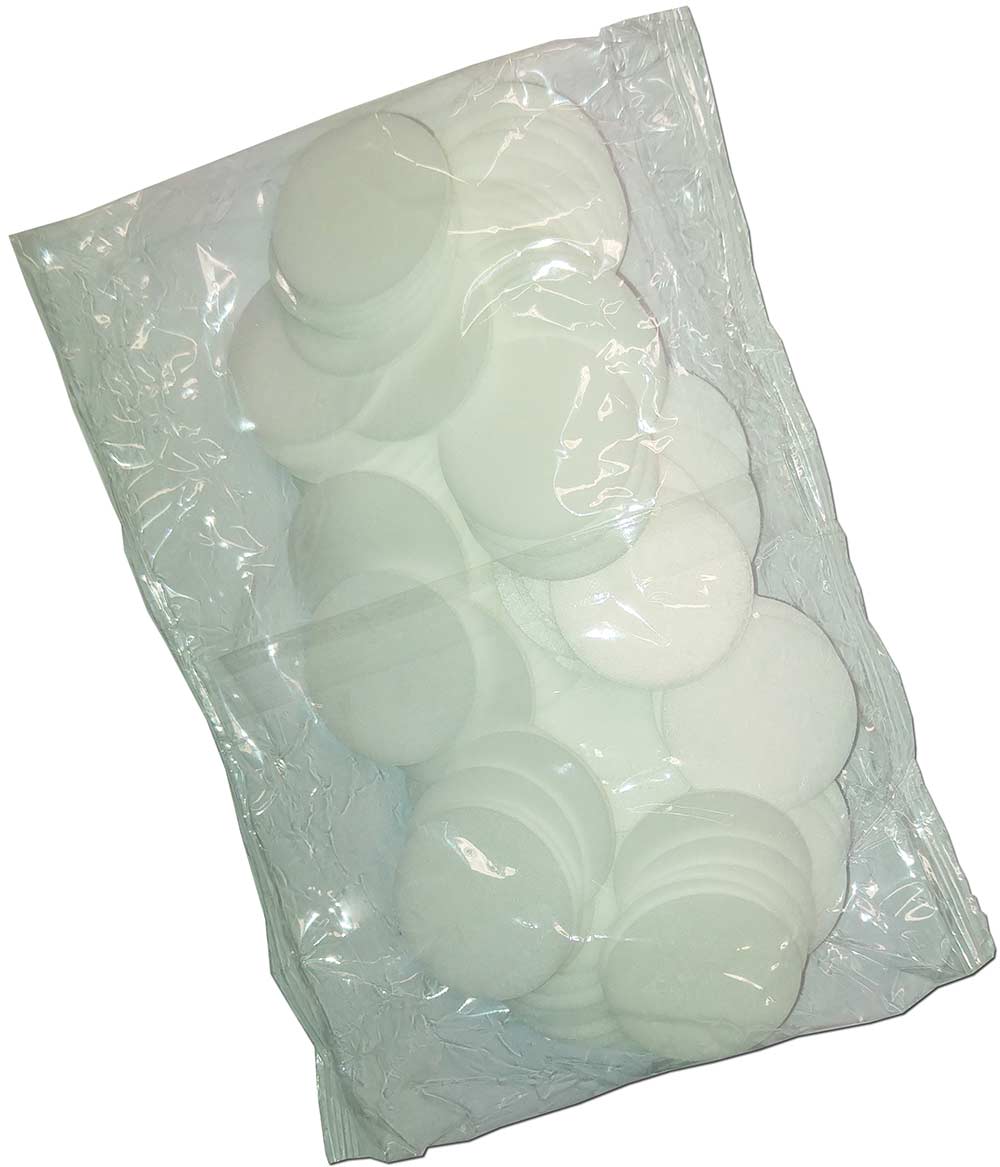 In the year 1264, Pope Urban IV , who had also known Saint Juliana of Mont Cornillon and knew firsthand of the events known as the Miracle of Bolsena\Orvieto, published the bull “Transiturus”. Through this bull he establishes the feast of "Corpus Christi", keeping as the date for the solemnity the Thursday after Sunday of the Holy Trinity.
In the year 1264, Pope Urban IV , who had also known Saint Juliana of Mont Cornillon and knew firsthand of the events known as the Miracle of Bolsena\Orvieto, published the bull “Transiturus”. Through this bull he establishes the feast of "Corpus Christi", keeping as the date for the solemnity the Thursday after Sunday of the Holy Trinity.
Despite its proclamation, the feast of Corpus Christi does not transcend as the Pope wished. Its celebration is limited to very small areas. It will be in the year 1311 when the celebration of Corpus receives a new impetus from the hand of Clement V. The Pope publishes a new decree in which he orders the adoption of the festival.
From this moment, and aided by the compilation of laws promulgated by John XXII, the feast of Corpus Christi is definitively established throughout the Church. His celebration quickly spread reaching all corners of the world.
Two historical figures are essential to understand the origin and importance of the Corpus Christi festival: Saint Juliana of Mont Cornillon and Father Peter of Prague.
The origin of the Corpus Christi festival, Santa Juliana de Mont Cornillon.
Juliana de Cornillón, also known as Juliana de Lieja , was one of the great promoters of the celebration of the Corpus Christi festival.
Saint Juliana was born in Retinne, a town very close to Liège, Belgium in the year 1193. At the age of 5, she lost her parents. She was raised and educated by the Augustinian nuns of the Mont Cornillon convent . When Saint Juliana reached adolescence, she decided to take the habit in that same monastery. He devoted much of his time to prayer and caring for the sick (mostly lepers).
After turning fifty, she decides to leave her position as superior and leaves the convent in which she had spent most of her life. Saint Juliana died on April 5, 1258 in the house of the Cistercian nuns in Fosses-la-Ville. She is buried in the Cistercian abbey of Villers-La-Ville.
Saint Juliana, from a very early age, feels within her a great devotion for the Blessed Sacrament . He feels that the Eucharist deserves to have a party that recognizes and commemorates its importance.
Throughout the countless hours of prayer, God sends visions to the Saint. In these visions Saint Juliana reinforces her position and realizes that the Blessed Sacrament must have a feast of its own.
One day, while praying, the Saint has a vision that she considers definitive. Saint Juliana sees the moon, completely full, shining intensely with the light that reaches it from the Sun. The moon represents the Church, and the Sun, Our Father Jesus Christ who illuminates us. In this vision, the Saint perceives that the moon, in its brilliant roundness, has a black spot. A small imperfection that mars the clear surface. Saint Juliana understands the message that God wants to send her. The moon, the church, has a lack, the lack of a festival dedicated to the Blessed Sacrament.
Convinced of the importance of the message, and supported by her friend Blessed Eva of Liège, she decides to transmit it to numerous ecclesiastical authorities. Among the personalities with whom he speaks is Jacques Pantaleón, he who will be Pope Urban IV.
The different authorities, seeing the truth in his story, decide to make the necessary preparations to establish the Corpus Christi festival.
The origin of the feast of Corpus Christi, the Eucharistic miracle of Bolsena/Orvieto.
Other important events that definitely influenced the institution of Corpus Christi happened in the year 1264.
A year earlier a priest, Father Peter of Prague, had started a trip to Rome. In this pilgrimage, the priest intended to strengthen his faith, which had weakened over the last few years. His doubts about God and Jesus were many, but he especially doubted the presence of the Body and Blood of Jesus in the bread and wine. He did not believe in transubstantiation .
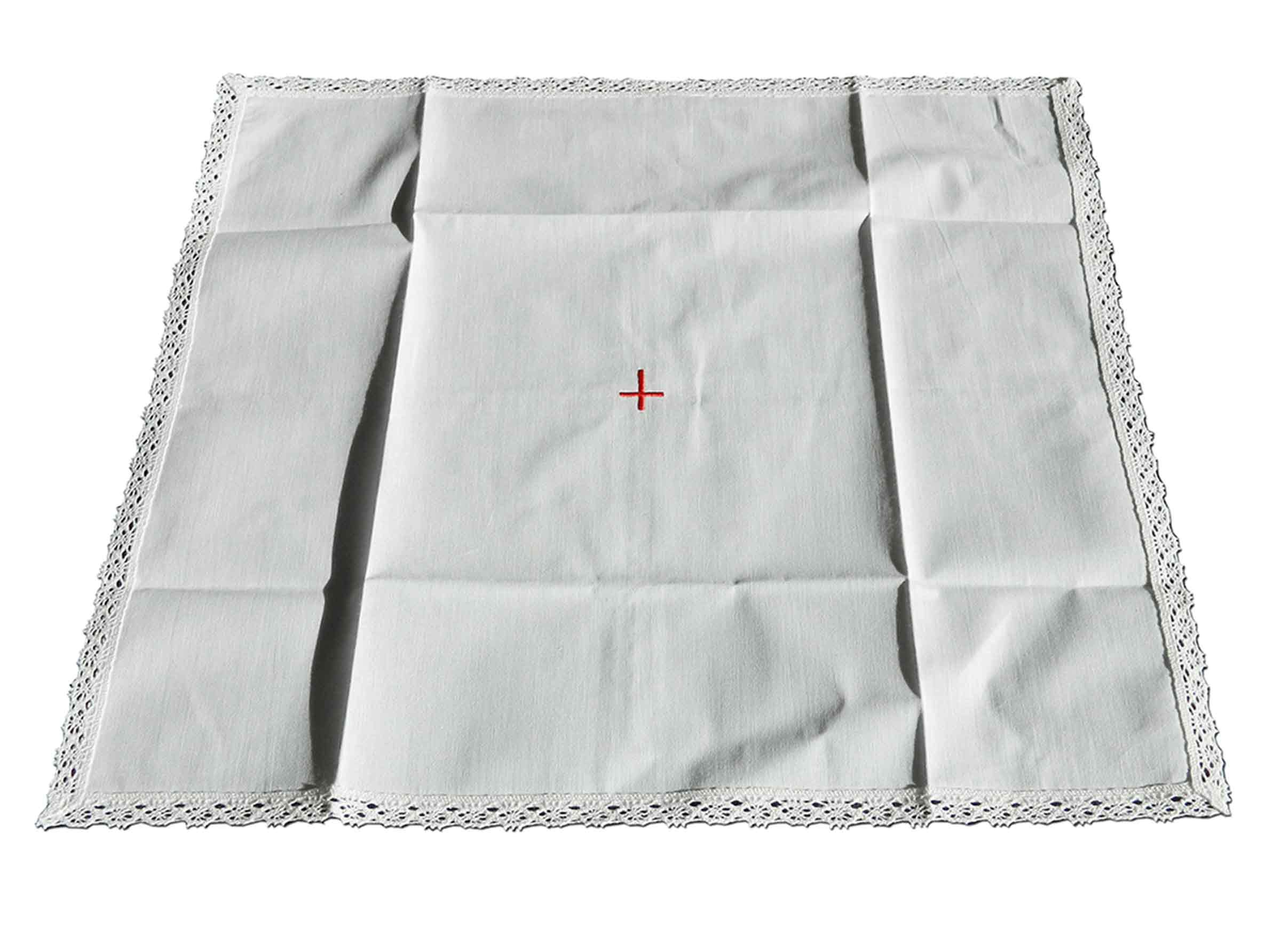 He arrived at the tomb of Saint Peter in Rome, and praying, he asked God to renew his faith, that his beliefs return to what they once were.
He arrived at the tomb of Saint Peter in Rome, and praying, he asked God to renew his faith, that his beliefs return to what they once were.
After having prayed, Father Peter of Prague left Rome. He directed his steps north where he decided to rest in the small town of Bolsena , very close to Orvieto. During his stay in Bolsena, Father Peter of Prague requested to be able to celebrate Mass in the crypt of Santa Cristina.
When he was celebrating the Eucharist, Father Peter of Prague raised the Sacred Form for his Consecration. At that moment, the Host began to bleed. Father Peter of Prague was very confused and did not know how to react. After a few moments he decided to stop the Mass, wrap the Form with the corporal and take it to the Sacristy. Such was the amount of Blood that came out of the Host that it soaked the body and stained the marble stones that formed the floor of the altar of the crypt of Santa Cristina.
The news reached the ears of Pope Urban IV, who at that time was in the town of Orvieto, a few kilometers from Bolsena. The Pope quickly became interested in what had happened. He decided to send a commission to study what happened. If the facts were true, they should bring him the Host and the corporal with the Blood of Our Lord.
All the facts were contrasted and given as true. A procession was organized to carry the corporal and the Host to Orvieto.
After seeing that wonder, Pope Pope Urban IV, very much in favor of Saint Juliana of Cornillón's tessituras, instituted the feast of Corpus Christi.
Transubstantiation, Jesus Christ in the Blessed Sacrament of the Eucharist.
On Holy Thursday , Jesus gathered all his disciples to celebrate the Last Supper. It is a date especially remembered by all Christians for various reasons. One of the most important events that happened on that day was the moment when Jesus, taking the bread, said:
"Take and eat all of it, because this is my Body , which will be given for all of you".
Then, holding a chalice full of wine, he continued saying:
“Take and drink from it, all of you, because this is the chalice of my Blood , the Blood of the new and eternal covenant, which will be shed for you and for all men, for the forgiveness of sins. Do this in memory of me.”
Through these words Jesus established the Sacrament of the Eucharist . Sacrament during which a duly ordained priest converts, through the word of Christ and the action of the Holy Spirit, bread and wine into the Body and Blood of Christ. This conversion is called transubstantiation .
The term transubstantiation is believed to have been first used by Hildebert of Tours in the 11th century. Years later, already in 1215, during the celebration of the Fourth Lateran Council, the word transubstantiation was adopted in the phraseology of the church. It was finally confirmed as a dogma in the celebration of the Council of Trent (1551).
During this Council several doctrines are established that have remained unchanged throughout the centuries:
"If anyone says that, in the Holy Sacrament of the Eucharist, there remains the substance of bread and wine together with the Body and Blood of our Lord Jesus Christ, and denies that wonderful and unique conversion of the entire substance of bread in the Body, and of all the substance of the wine in the Blood , the species of the bread and wine only remaining, which the conversion of the Catholic Church more properly calls transubstantiation, let him be anathema."
"In the Most Holy Sacrament of the Eucharist, the Body and Blood of our Lord Jesus Christ is truly, really and substantially contained , together with his Soul and Divinity. In reality, Christ in its entirety."
The first fundamental idea that we can see in the previous texts is the concept of conversion . That is, "the transition from one thing to another under some aspect." The conversion is more than a mere change, the conversion does not mean that an element ceases to exist to make room for another, but that in a substantial way one element is transformed into another.
The second relevant point is that the Blessed Sacrament truly contains the Body and Blood of our Lord Jesus Christ . In other words, it is not a figurative presence, it is not a metaphorical presence. The Body and Blood of Jesus are the Eucharist after conversion.
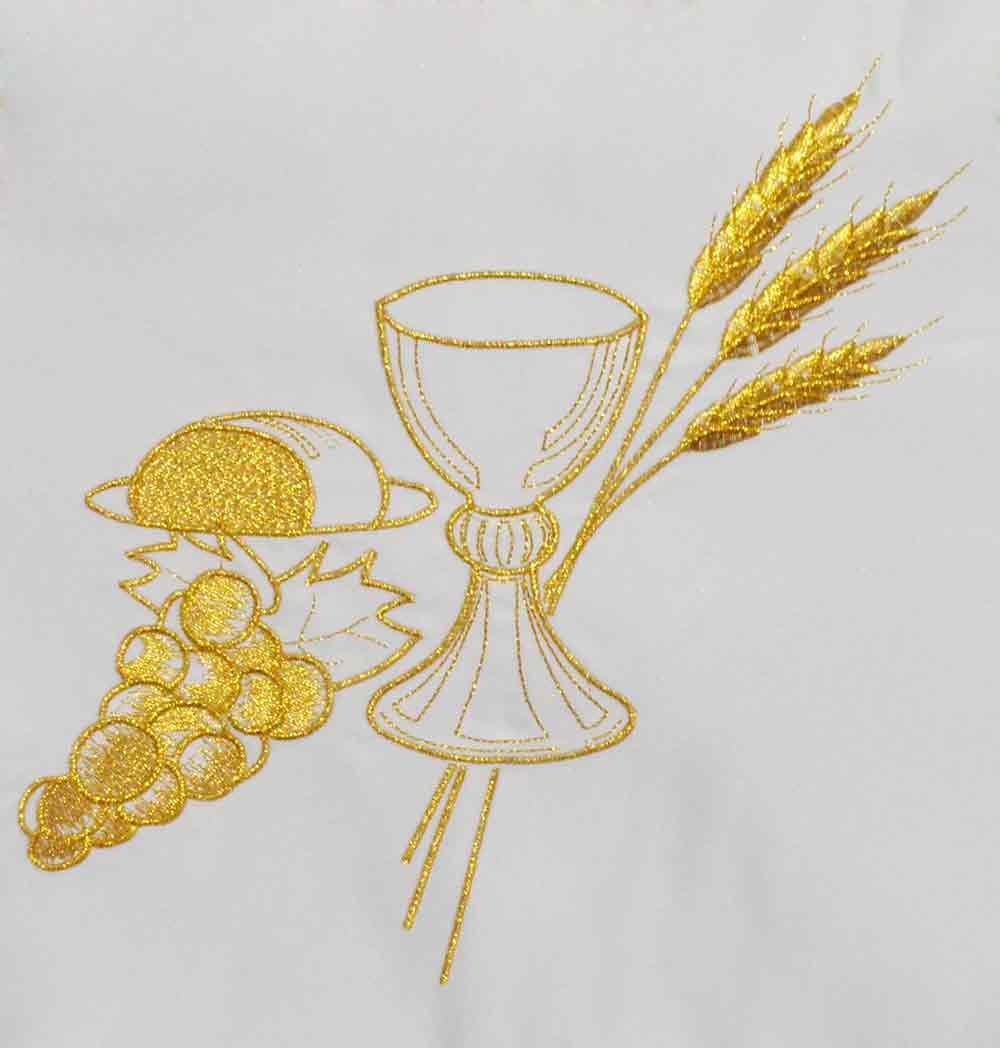 The third remarkable concept is the real presence of Jesus in the Blessed Sacrament of the Eucharist. This idea confirms that there is a real presence, not a mere subjective opinion. It is really the Body of Christ and his Blood.
The third remarkable concept is the real presence of Jesus in the Blessed Sacrament of the Eucharist. This idea confirms that there is a real presence, not a mere subjective opinion. It is really the Body of Christ and his Blood.
In the Council of Trent the Real Presence was defined as that in the Holy Eucharist the Body, Soul and Divinity of Jesus Christ are contained. Which is derived from the promise of Our Lord Jesus Christ that "he who eats of me will also live by me" . Furthermore, during said Council, the Totality of Presence was also established. The inseparability of Christ is firmly established by the dogma of the indissolubility of the hypostatic union of the Divinity and Humanity of Christ.
Finally, the fourth idea that acquired special relevance was that the presence of Jesus in the Blessed Sacrament of the Eucharist is substantial . During the conversion of transubstantiation the substance of the wine and bread are totally replaced by the Body, Blood, Soul and Divinity of Christ. So that under the species, under the accidents that remain of bread and wine (taste, color, smell, etc...), is our Lord Jesus Christ complete, indivisible.
Catholic imagery , crowns and halos for Saints , Paschal Candles and Corpus Christi Catholic vestments for sale in our online store.
